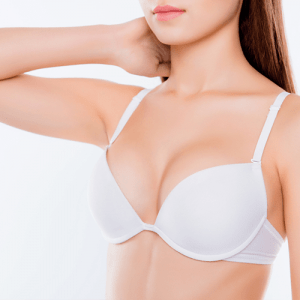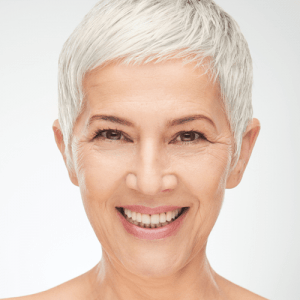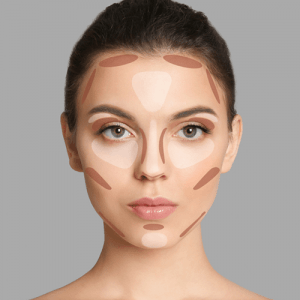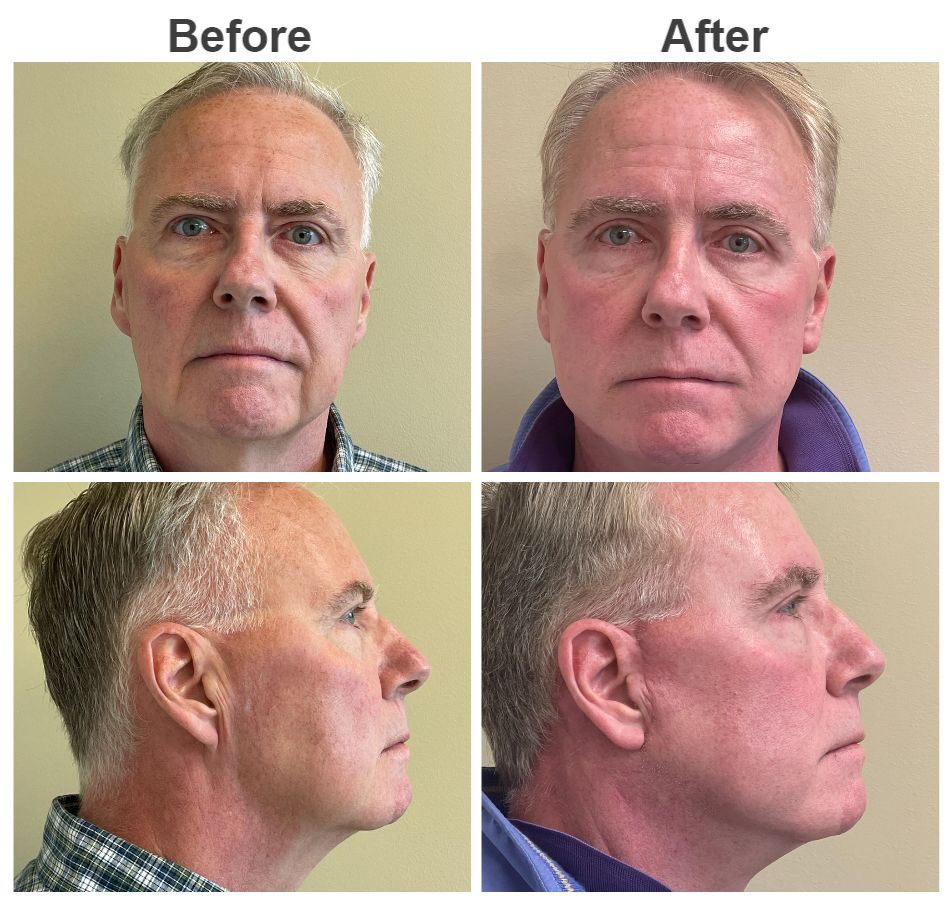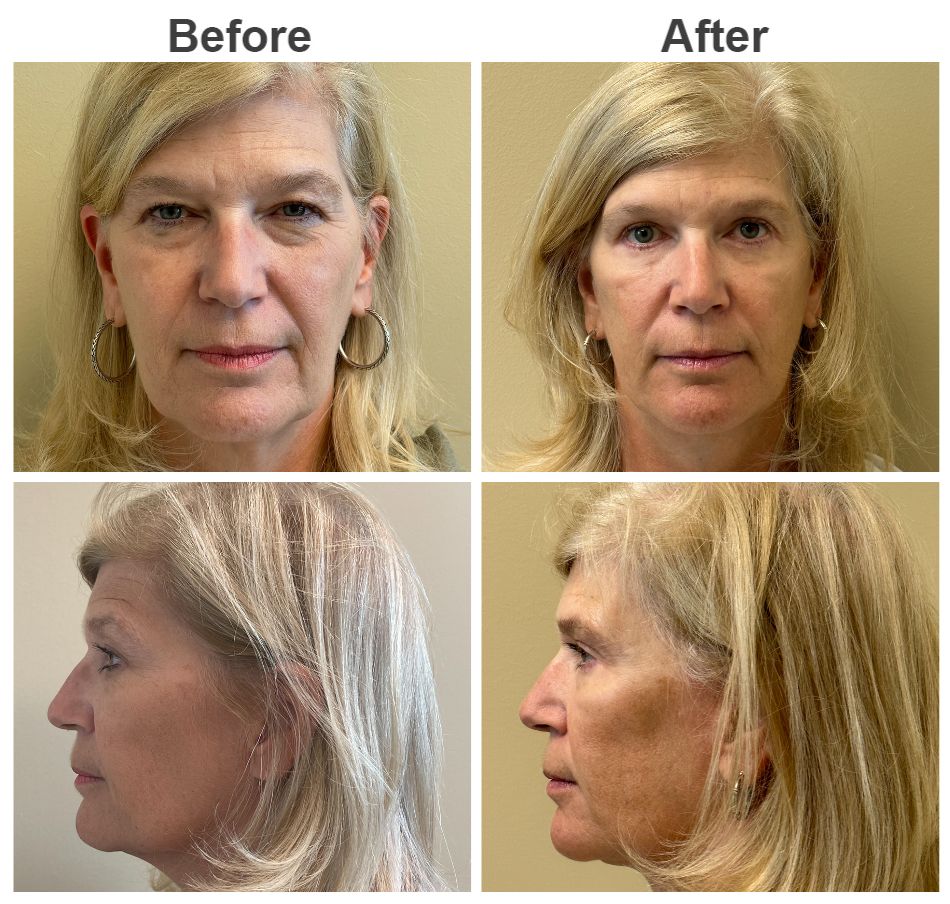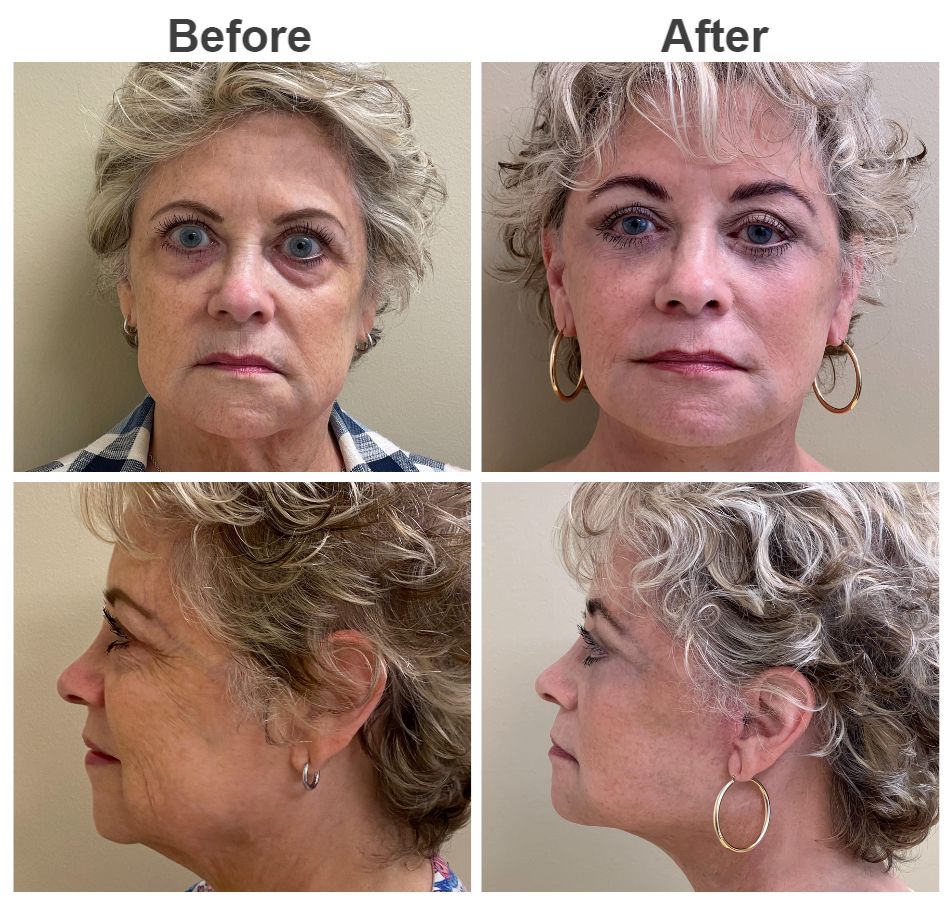Eyelid Surgery (Blepharoplasty)
Perhaps nothing in facial cosmetic surgery does so much for the patient for so little as eyelid surgery, officially called a Blepharoplasty. The operations are relatively short in duration, the incisions practically invisible, and the results predictably good. Although all operations have risks, those of eyelid surgery are decidedly uncommon. The satisfaction rate is extremely high with very short convalescence, little pain, and observable results almost immediately.
Nevertheless, a thorough understanding of the operation is required. Patients need to know what the operation will not accomplish as well as what it will. Although the recovery is brief, knowing precisely what is to be expected makes for a less stressful convalescence. Furthermore, there are numerous variations on eyelid surgery that may be applied depending upon the specific needs of the patient.
In this video, Dr. Zubowicz shares his thoughts on upper eyelid surgery. He gives an overview of the surgical benefits and recovery time.
Eyelid Surgery FAQs and Videos
Written and reviewed by:
This article was written by Dr. Vincent Zubowicz, who is board certified by the American Board of Plastic and Reconstructive Surgery. He practices medicine at his offices in Milton and Atlanta. Learn more about Dr. Zubowicz, his medical training, and credentials.
Customer Reviews


Dr. Vincent Zubowicz is one of the Atlanta areas top plastic and reconstructive surgeons. He is an expert in cosmetic surgery, with years of experience performing many plastic surgery procedures. He offers a personal, customized approach and is dedicated to helping patients achieve the most natural looking results.
Call our office at 470-462-2917 to schedule your consultation with Dr. Vincent Zubowicz.


